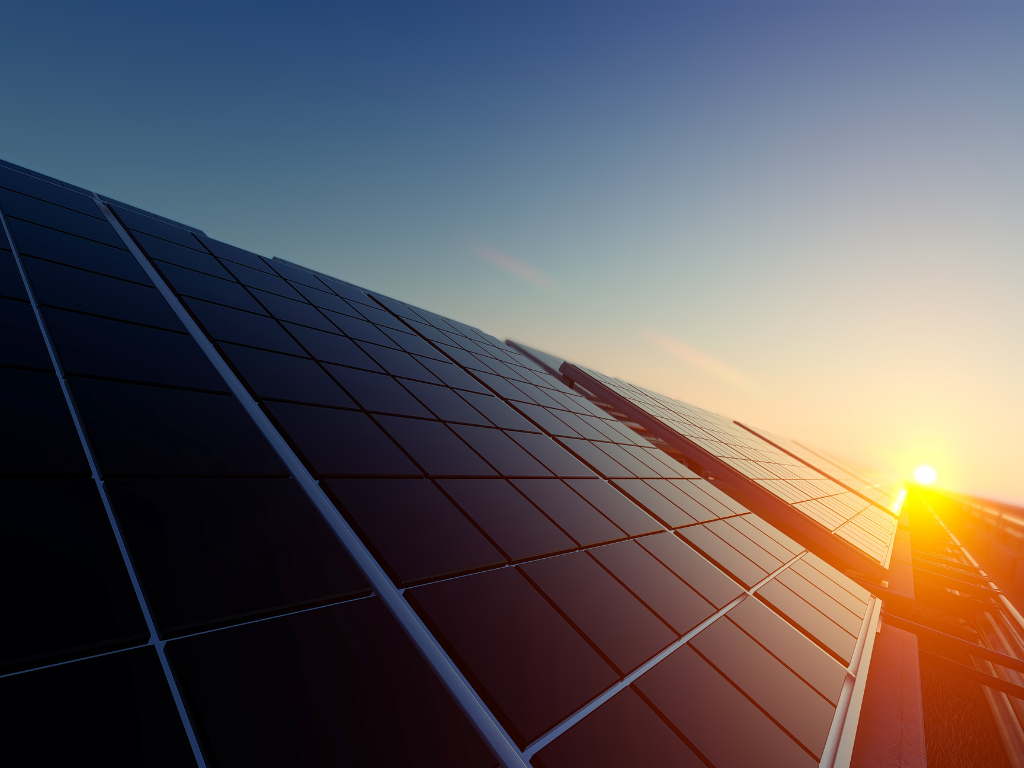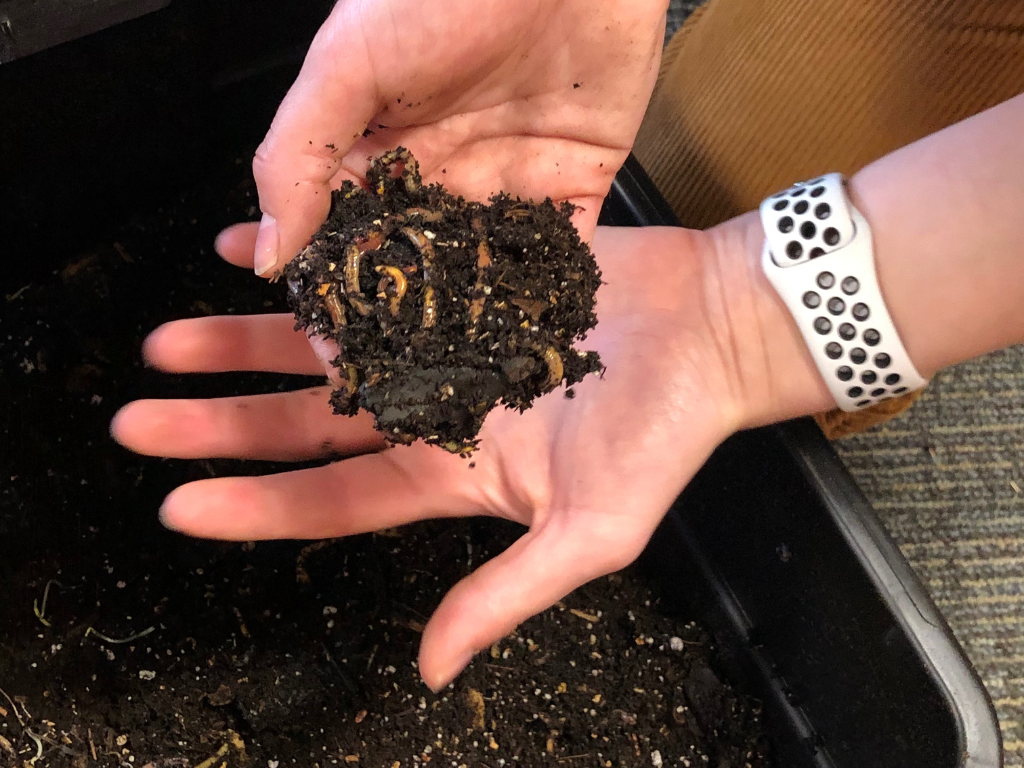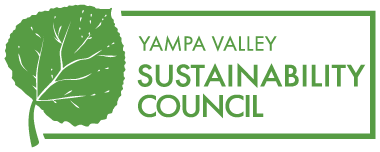NOVEMBER 11, 2013 BY
Food Waste Facts from the EPA, NRDC, Mother Nature Network.
40% of food in the US is never eaten
This as an issue of resource productivity, as well as of human impact
Take a whole-system-view of food production and waste shows us the greater impacts
What it costs us:
There are many resources needed to grow food, including water, fertilizers, pesticides, and energy. By wasting food, you are also wasting the resources that went into growing it. In 2010 discarded food represented the single largest component of municipal solid waste reaching landfills and incinerators: 33M tons. When food is disposed in a landfill it rots and becomes a significant source of methane – a potent greenhouse gas with 21 times the global warming potential of carbon dioxide. Landfills are a major source of human-related methane in the United States, accounting for more than 20 percent of all methane emissions.
- 25% of all the freshwater used in the US
- 300 million barrels of oil
- 2.5% of the total energy used in the US
- Mass amounts of fertilizer, water, transport and storage
How it gets wasted:
- The average you or me throws away more than 200 lbs of edible food per year
- At restaurants our love of super sized portions, extensive menus lead to waste
- 30% of harvest food from farms never reaches market due to quality selection, and failure to conform with cosmetic criteria
- More than 30% of food at supermarkets is throws away at the homes of people who purchase it
And it’s getting worse: US per capita food waste increased 50% since 1974
So, what you can do:
- Shop wiser: Plan meals, use lists, beware of deals that encourage buying things you won’t use
- Buy funny looking fruit
- Be clearer on use-by dates – they are a suggestion, not a rule. The founder of Trader Joe’s is working with restaurants to use expired food
- Use your freezer, when you recognize that foods will be uneaten
- Request smaller portions at restaurants
- Eat leftovers
- Compost (only 4% of food waste in the U.S. is currently composted) – See our local compost program
- Grow your own
- Donate
If we wasted even 5% less food, it would be enough to feed more than 3 Million Americans.
Thanks to YVSC founding Board Member George Danellis with the Vector Group for putting this blog post together.






